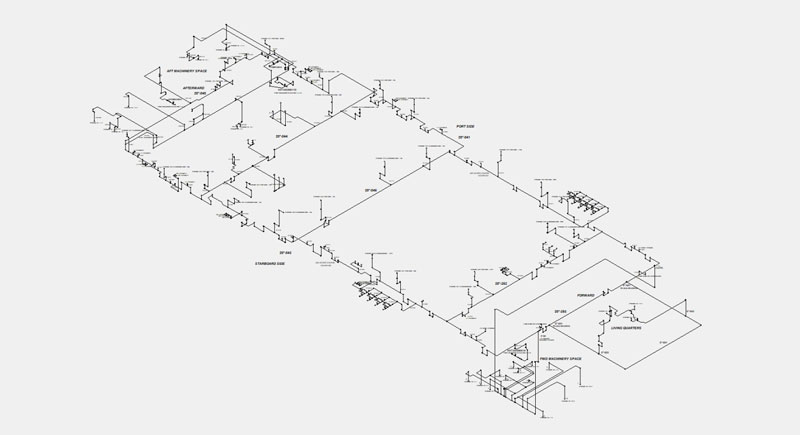Charging and Discharging of Ballast Tanks
Background
In this document we consider charging and discharging of ballast tanks on ships and transferring ballast water between tanks located on different parts of the ship. Hence, the following four scenarios are analysed:
1. Charging top level ballast tank from the sea chest. We assume that the pressure (or head) in the sea chest has a sinusoidal pattern in order to model the wave pattern. It is possible to consider that more complex variation in the pressure in the sea chest is possible but this was not considered in this document.
2. Transferring ballast water from low level ballast tank to high level ballast tank. We assume that this takes place in a port and so the wave pattern in draft is not considered.
3. Discharging the top level ballast tank back to the sea by opening bypass valves around the ballast pumps.
4. Transferring ballast water from multiple low level ballast tanks to multiple high level ballast tanks.
In all scenarios we assume that tanks are being fed at the bottom.
Naturally, PIPENET can be used for modelling fluid flow during cleaning of the ballast tank sediment. We do not consider this in this application.





